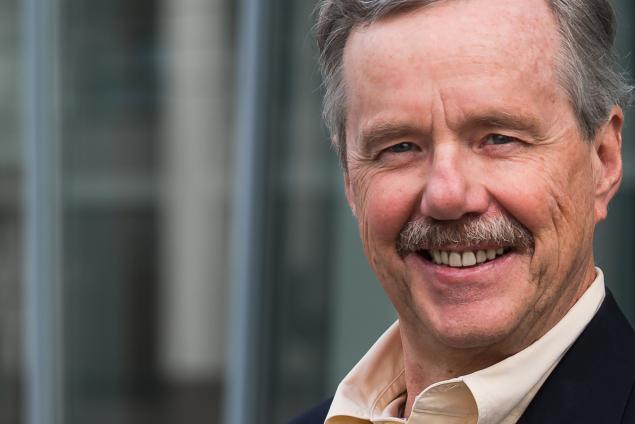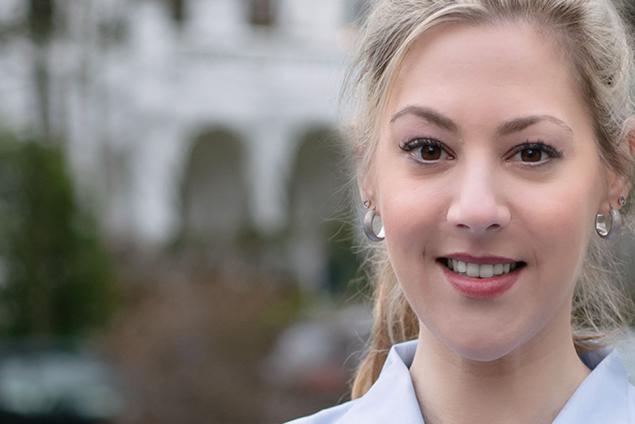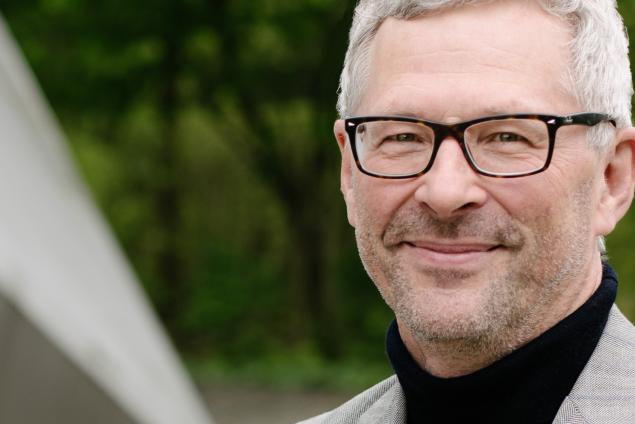Scroll to Section:
Located between the tropics and the equator, the tropical rain belt plays an important role in water and energy cycles worldwide. In this video, HANS SEGURA explores the extent to which a new generation of simulations can help us to understand the tropical rain belt. Comparing simulation data with observations, Segura’s work shows that the models can accurately predict the location and area of the tropical rain belt over land. The simulations are shown to be less reliable with regard to many of the world’s oceans. Suggesting hypotheses as to why this might be the case and outlining ways in which further work could lead to improvements, Segura’s work has broad relevance not only to those interested in climate change but in how the climate works.
DOI:
https://doi.org/10.21036/LTPUB101149
Institution

Max Planck Institute for Meteorology
The Max Planck Institute for Meteorology (MPI-M) is an internationally renowned institute for climate research in Hamburg, Germany.
Our scientists develop advanced models of the Earth system, perform targeted observations, and advance theoretical concepts to support the institute´s chosen mission: 'To understand Earth's changing climate'. The MPI-M comprises two departments: The Atmosphere in the Earth System and The Ocean in the Earth System. We run an international PhD program together with the University of Hamburg and host independent research groups. The institute was founded in 1975 and is part of the Max Planck Society.
Original publication
Learning by Doing: Seasonal and Diurnal Features of Tropical Precipitation in a Global-Coupled Storm-Resolving Model
Published in 2022Beyond
A Ground-breaking Scientific Revolution
An Alarming Challenge for Society
If I Had a Second Life
A Personal Reading Recommendation



